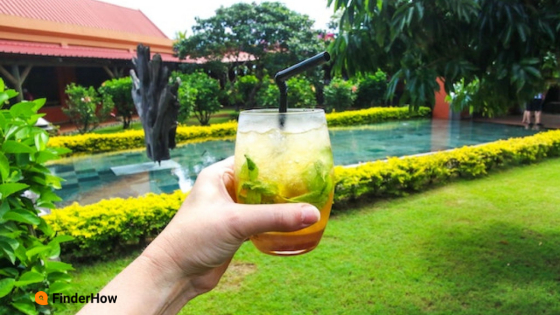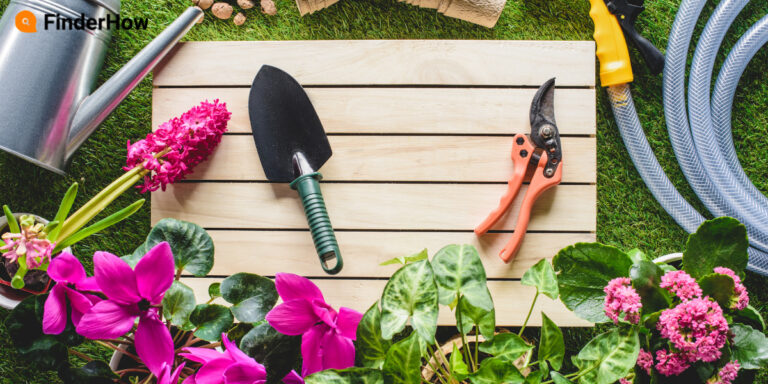How to Rewild Your Yard: Embrace Nature’s Beauty
Are you tired of the same old manicured lawns that seem to dominate every neighborhood? Are you looking for a way to create an outdoor space that’s more inviting to wildlife, requires less maintenance, and helps the environment? Are you looking for a way how to Rewild Your Yard? If so, it’s time to embrace the rewilding trend! Rewilding is all about letting nature take its course, creating a more natural and ecologically balanced landscape and garden.
Let’s dive into how you can turn your yard into a wilder, more vibrant sanctuary.
What is Rewilding?
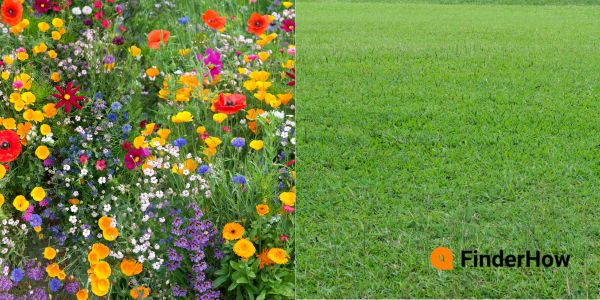
Rewilding is a landscaping approach that focuses on restoring a piece of land to a more natural state. This means:
Using native plants: Species that have evolved in your local region
Creating habitats: Inviting birds, butterflies, bees, and other beneficial wildlife.
Reducing maintenance: Less mowing, watering, and fertilizing required.
The Benefits of Rewilding
Rewilding offers numerous benefits for both you and the environment:
Increased biodiversity: Rewilded spaces support diverse plant and animal life.
Enhanced ecosystem health: Stronger resilience against pests and diseases.
Reduced water use: Native plants are naturally adapted to your local climate.
Lower maintenance costs: Say goodbye to weekly mowing and fertilizing.
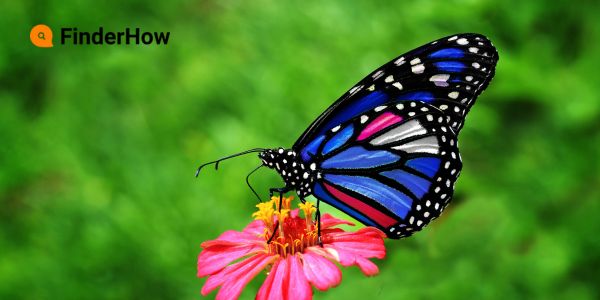
Pollinator support: Attract bees, butterflies, and birds which are crucial for healthy ecosystems.
Sense of peace and beauty: A wilder yard helps you connect with nature.
How to Rewild Your Yard
Ready to unleash the natural beauty in your outdoor space? Here’s how to get started:
Assess your space: What kind of sunlight and soil conditions do you have?
Welcome wildlife: Provide natural food sources like berry-producing shrubs and seed-bearing flowers. Include water sources like birdbaths or shallow dishes.
Include pollinator favorites: Choose plants that attract bees, butterflies, hummingbirds, and other pollinators.
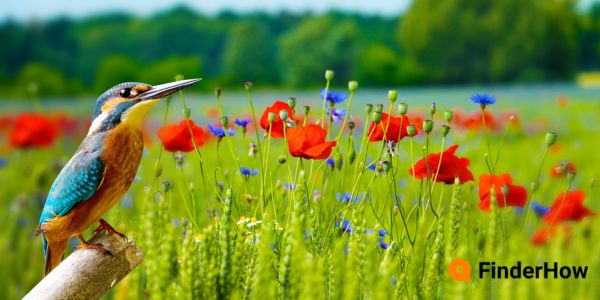
Leave some areas untouched: Let some areas grow a little wild, with grasses, wildflowers, and a tangle of plants.
Create layers: Use a mix of trees, shrubs, and flowers to provide diverse habitats.
Reduce or eliminate chemicals: Avoid pesticides and herbicides to protect pollinators and other beneficial creatures
Leave the leaves: Fallen leaves act as a natural mulch, suppressing weeds and enriching the soil.
Ditch the chemicals: Pesticides and herbicides harm beneficial insects and disrupt the ecosystem.
Create natural borders: Use logs, rocks, or native shrubs to define garden beds, adding structure and visual interest.
Choose native plants: Research plants that thrive in your region. Here are some popular choices: Wildflowers Black-eyed Susan’s, milkweed, coneflowers. Grasses Little bluestem, switchgrass Shrubs: Serviceberry, elderberry, viburnum
Let it grow (a little): Resist the urge to overly tidy.
Mix and match: Create a diverse selection of plants for year-round interest.
Add features: Consider including ponds, birdhouses, or rock piles.
Rethink your lawn: If you have lawn space, consider reducing it in favor of native meadows or pollinator-friendly ground covers. If you keep the lawn, let it grow a little taller and mow it less frequently.
Tips for a Successful Rewilding Project
Start small: Begin with a section of your yard and expand over time
Connect with your community: See if there are local plant nurseries specializing in native plants or rewilding projects in your area for resources and inspiration.
Observe and adapt: Nature has its own rhythms. Pay attention to what thrives in your yard and adjust your plans accordingly.
Be okay with imperfection: Rewilding is a journey, not a destination. Enjoy the beauty of nature’s resilience and adapt along the way.
Document your progress: Take photos throughout the process – you’ll be amazed at the transformation!
Example: Converting a Traditional Lawn into a Rewilded Space
Sheet mulching: Cover an area with cardboard and layers of organic material like compost and leaves to suppress weeds and create rich soil.
Plant native wildflowers and grasses: Sow seeds or plant plugs directly into your prepared area.
Include stepping stones or a winding path: Create access through your rewilded meadow.
Add focal points: Plant a flowering native tree or place a natural element like a large rock to add visual interest.
Embrace the process: Nature takes time; enjoy watching your yard evolve.
Be patient: It may take a few seasons for your rewilded space to fully flourish.
Remember, rewilding is an ongoing process and the most important thing is to have fun and connect with the natural rhythms of your outdoor space!
FAQ: How to Rewild Your Yard
- Q: Will my rewilded yard look messy?
- A: Rewilding is about controlled wildness; it should look intentional and beautiful.
- Q: Is rewilding suitable for any size yard?
- A: Yes! You can apply these principles on any scale.
- Q: What if my HOA has rules?
- A: Talk to your HOA about the benefits of native plants and reduced maintenance.


